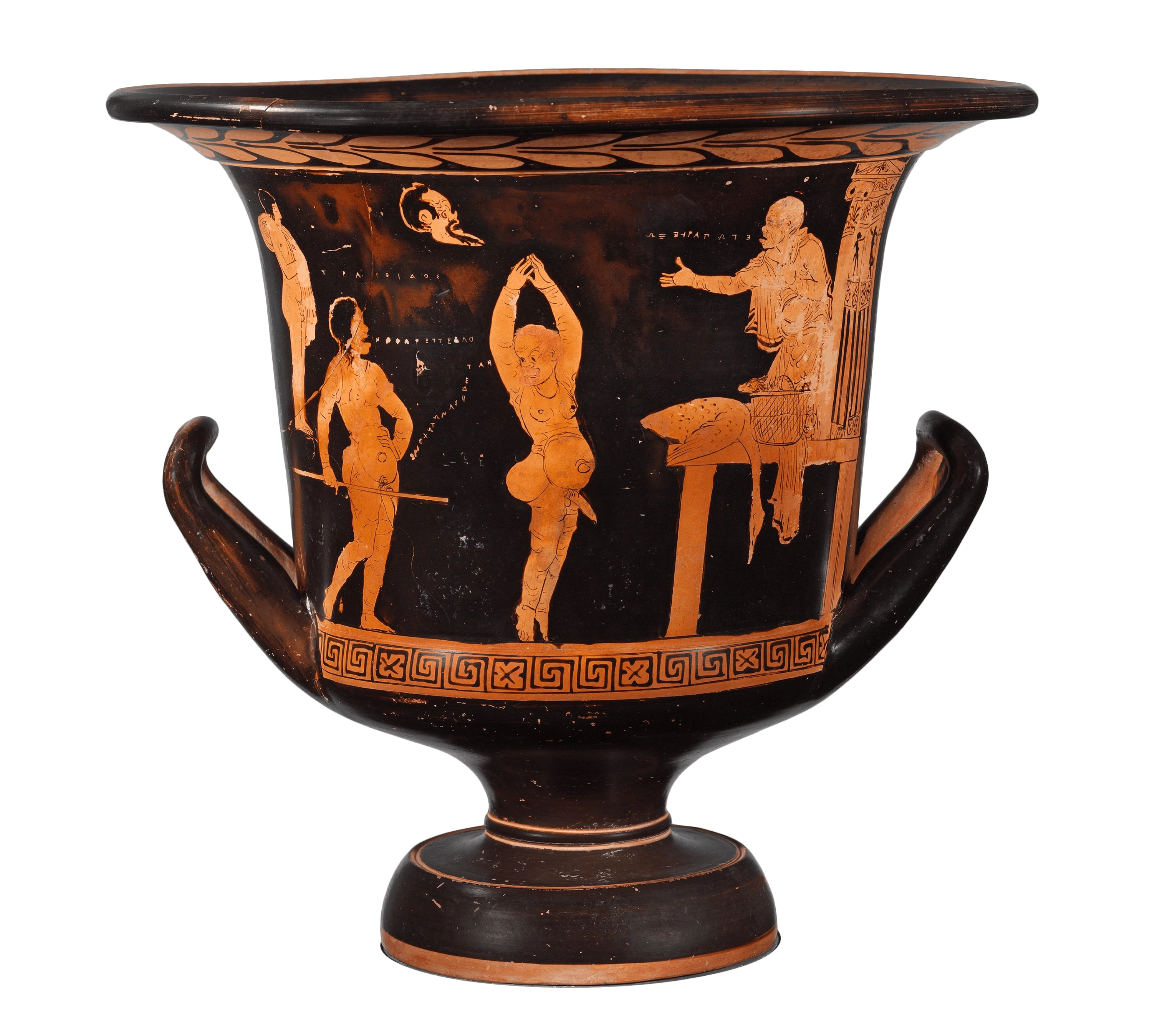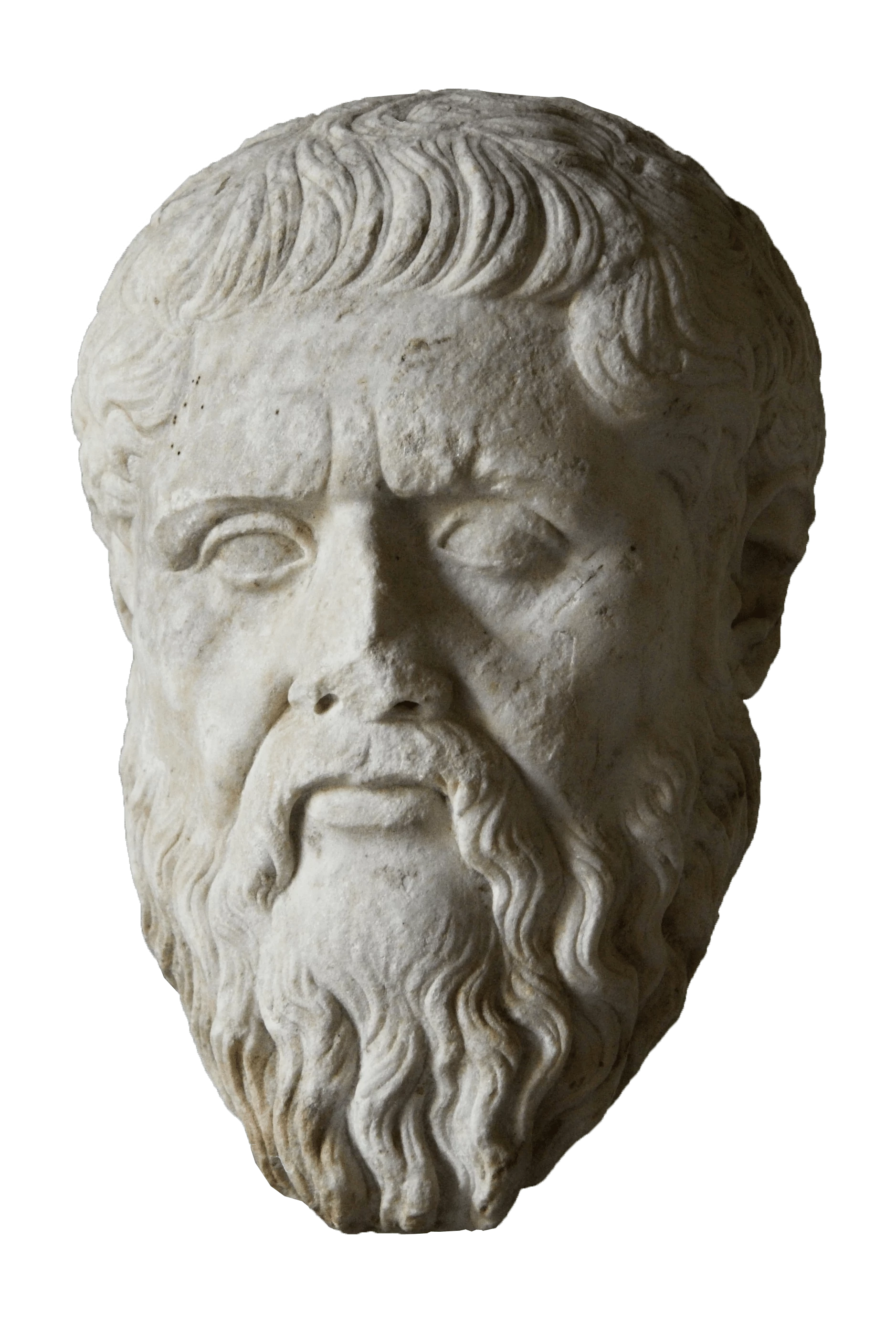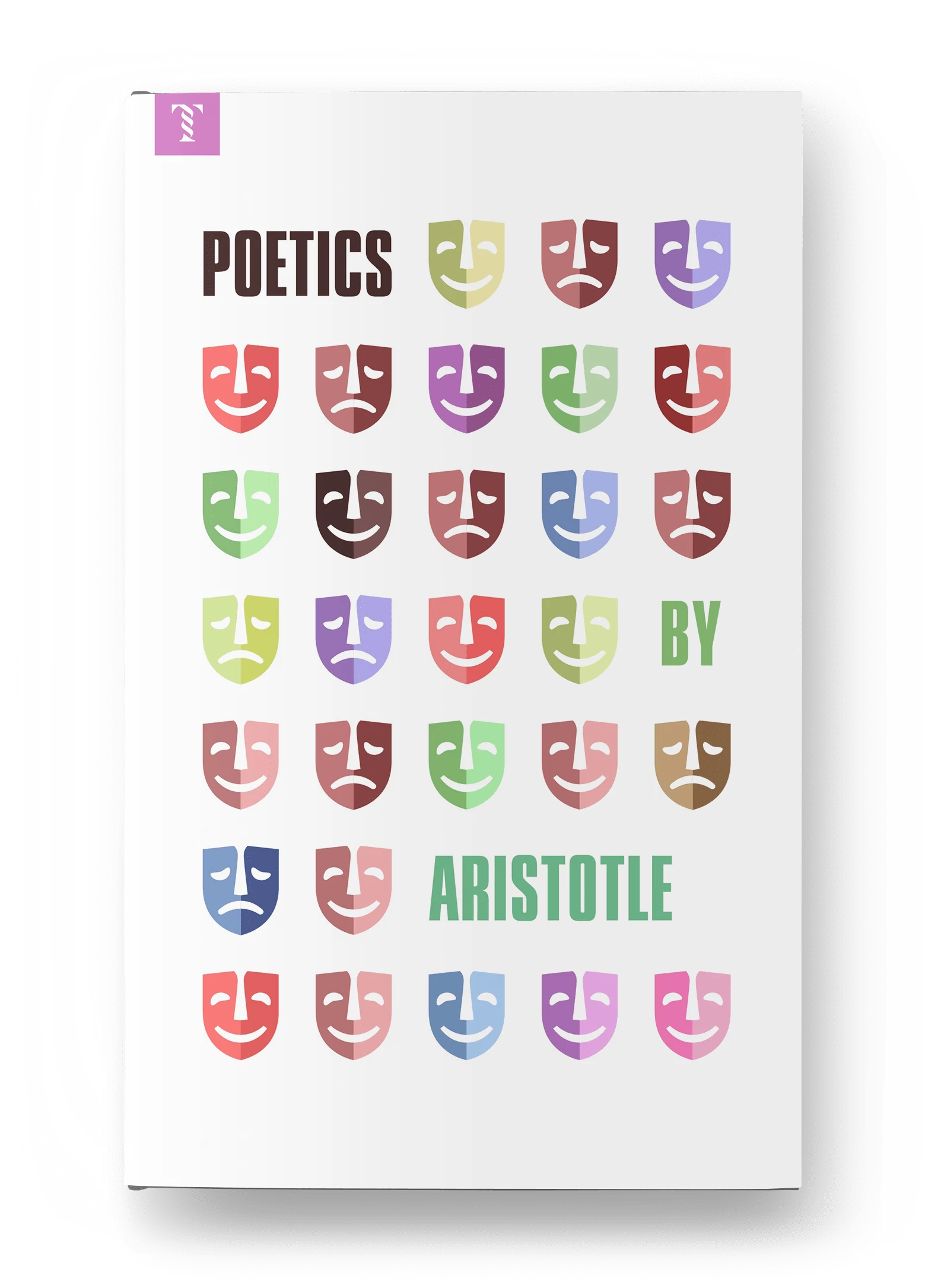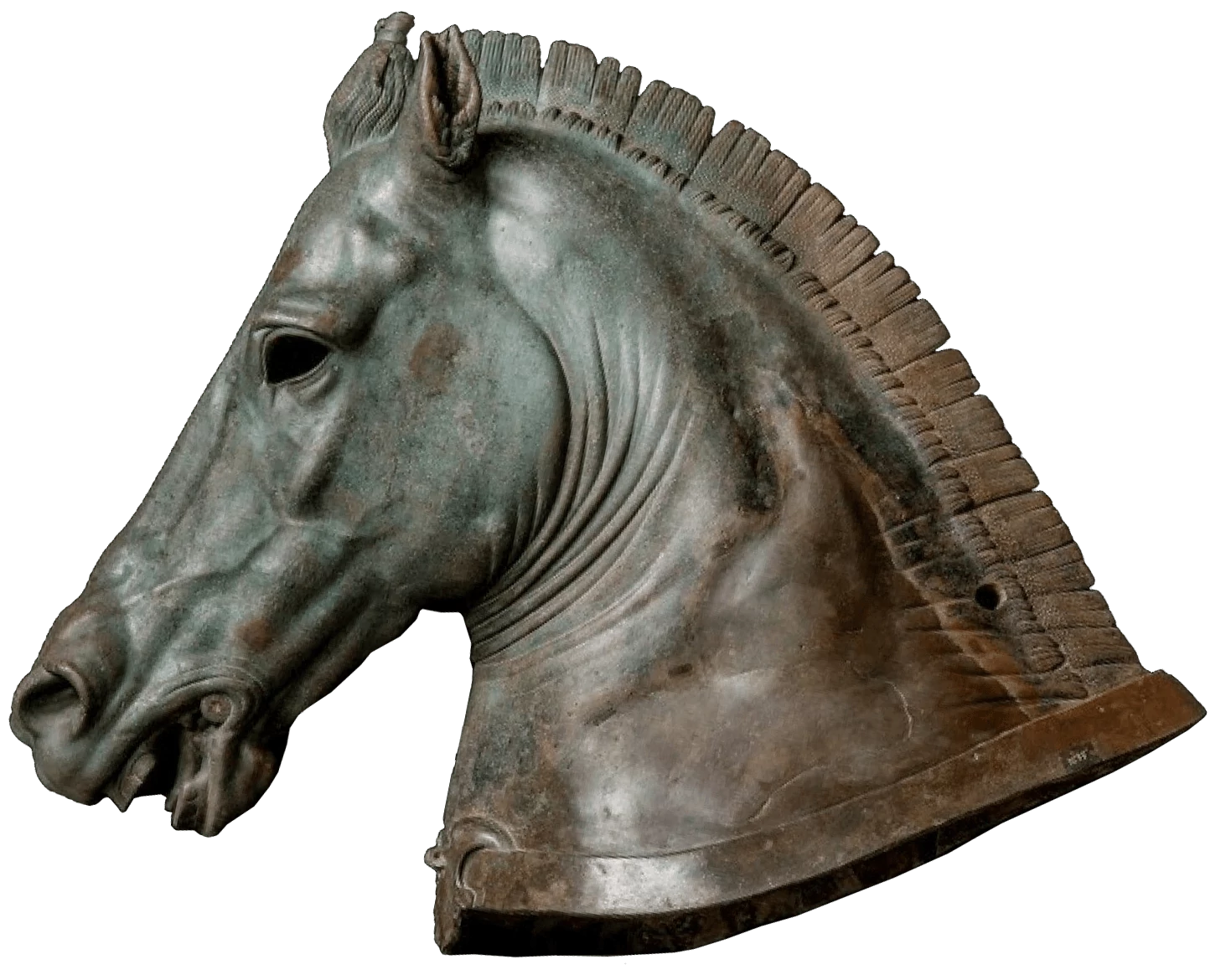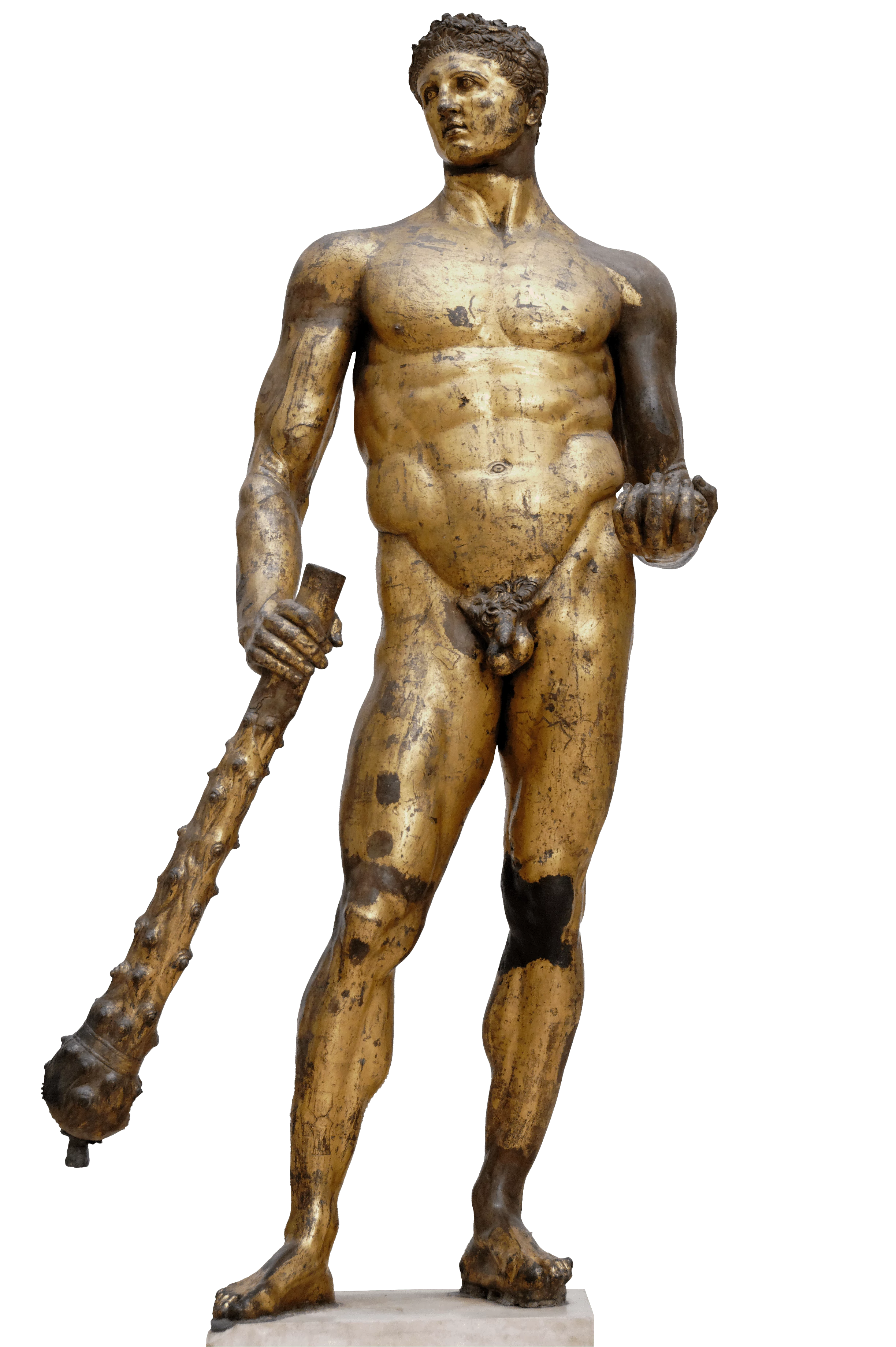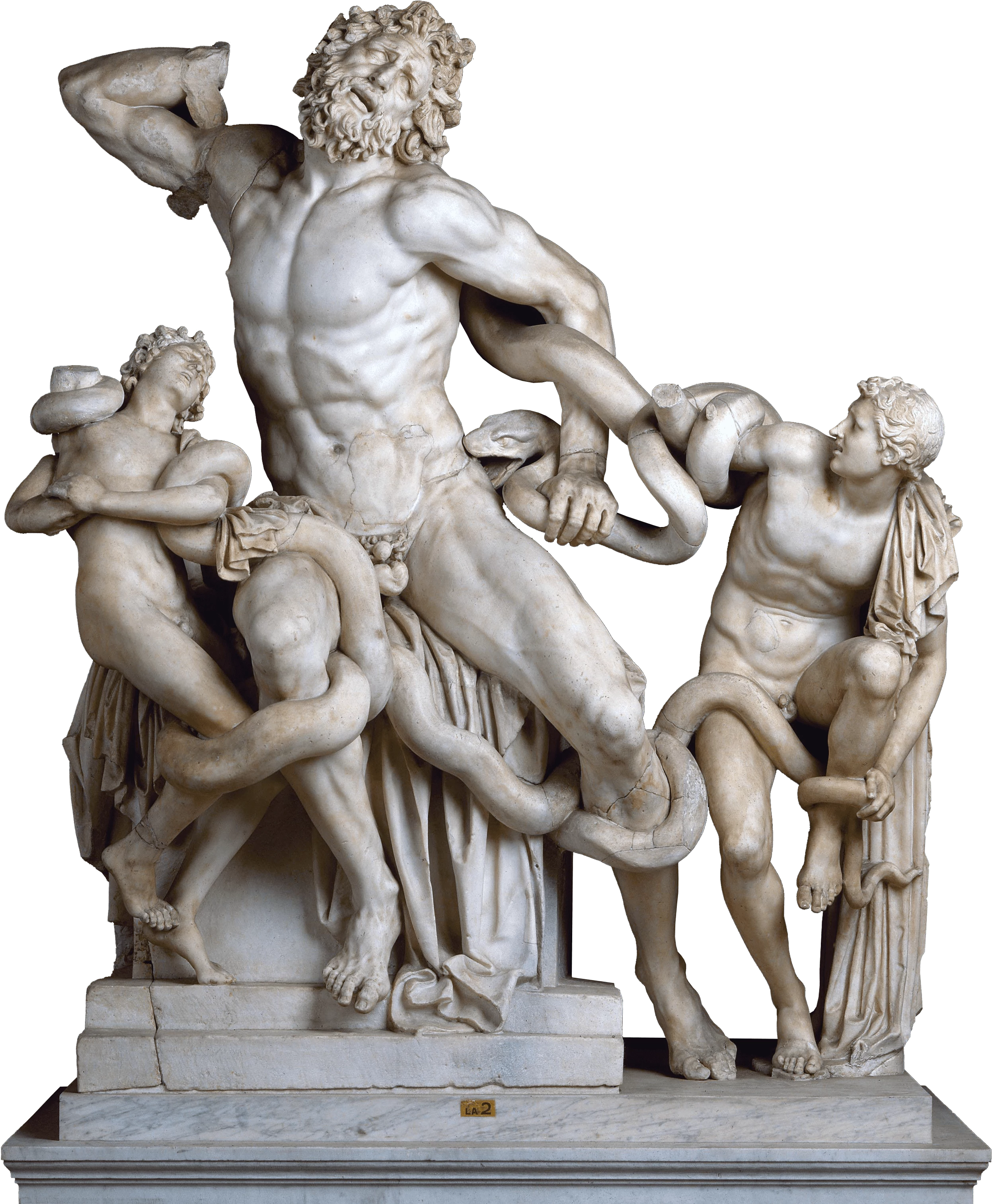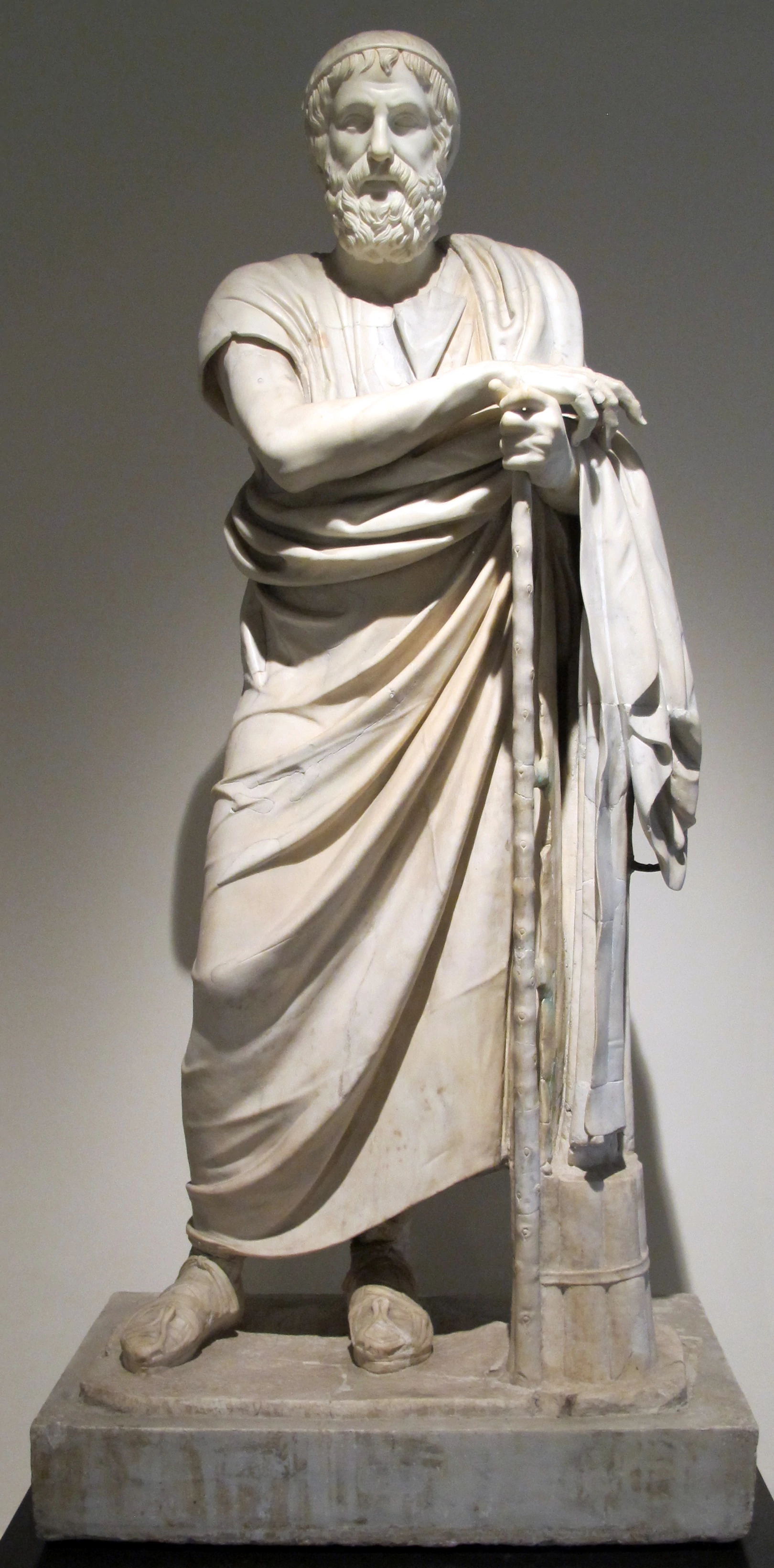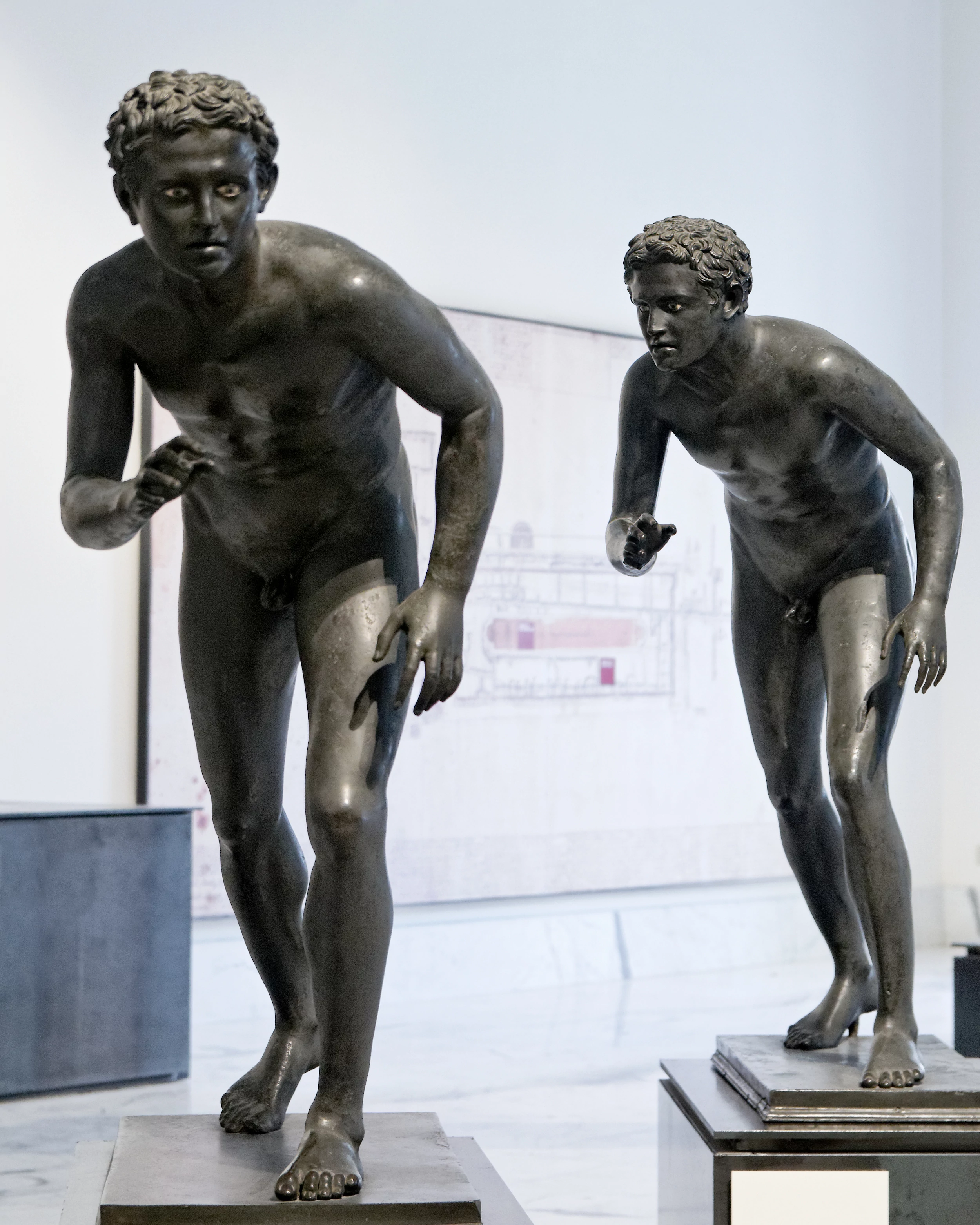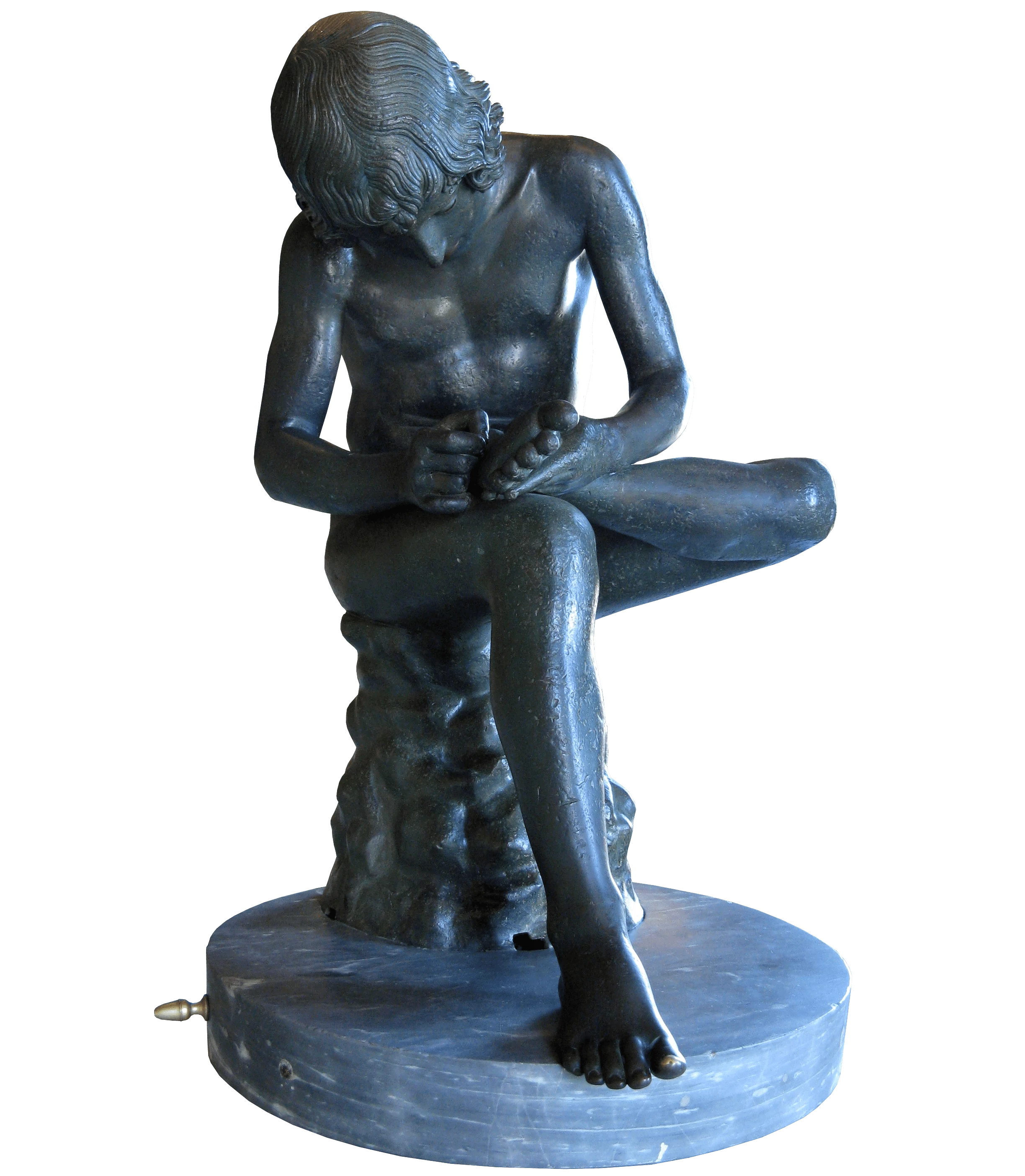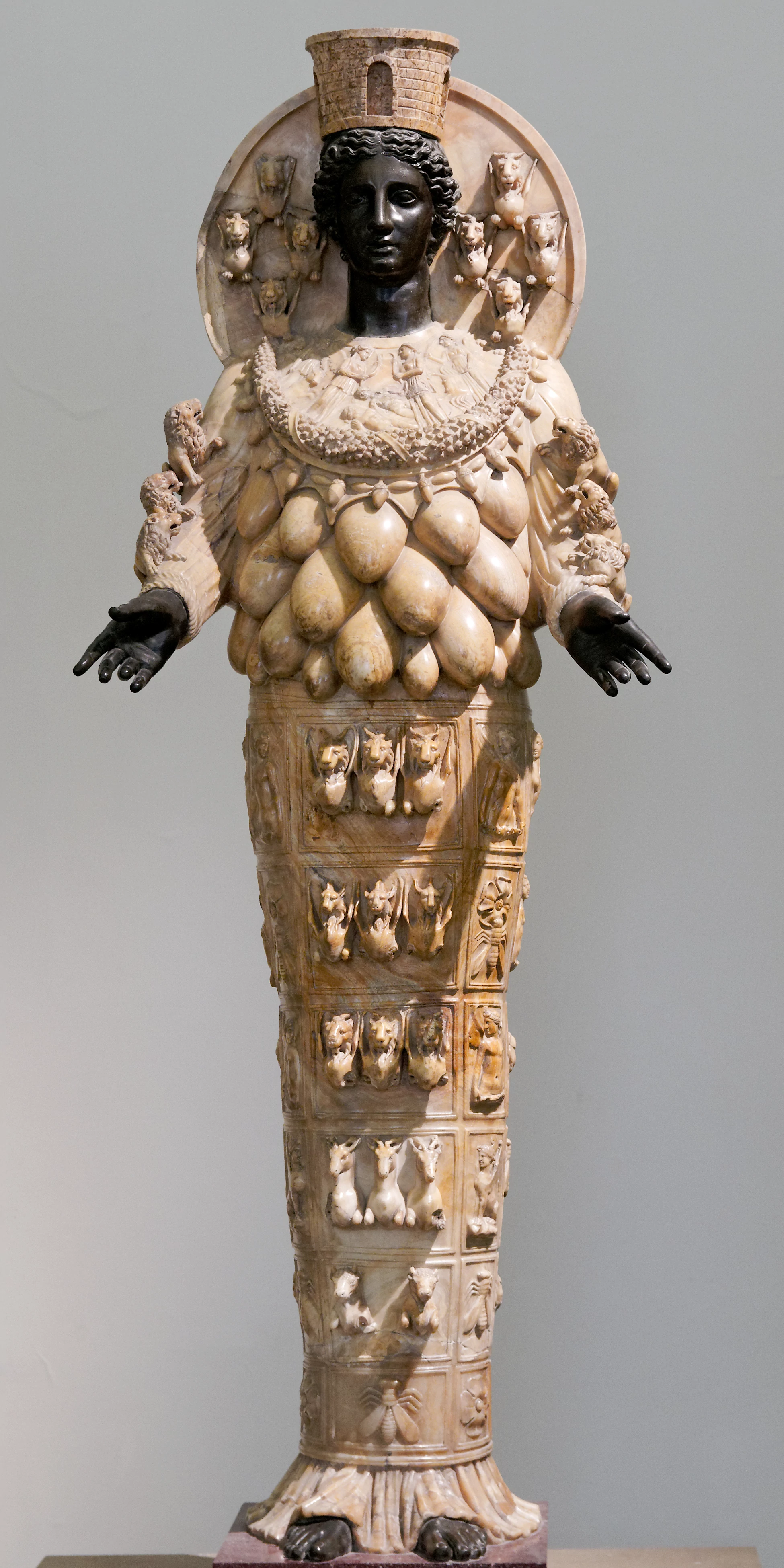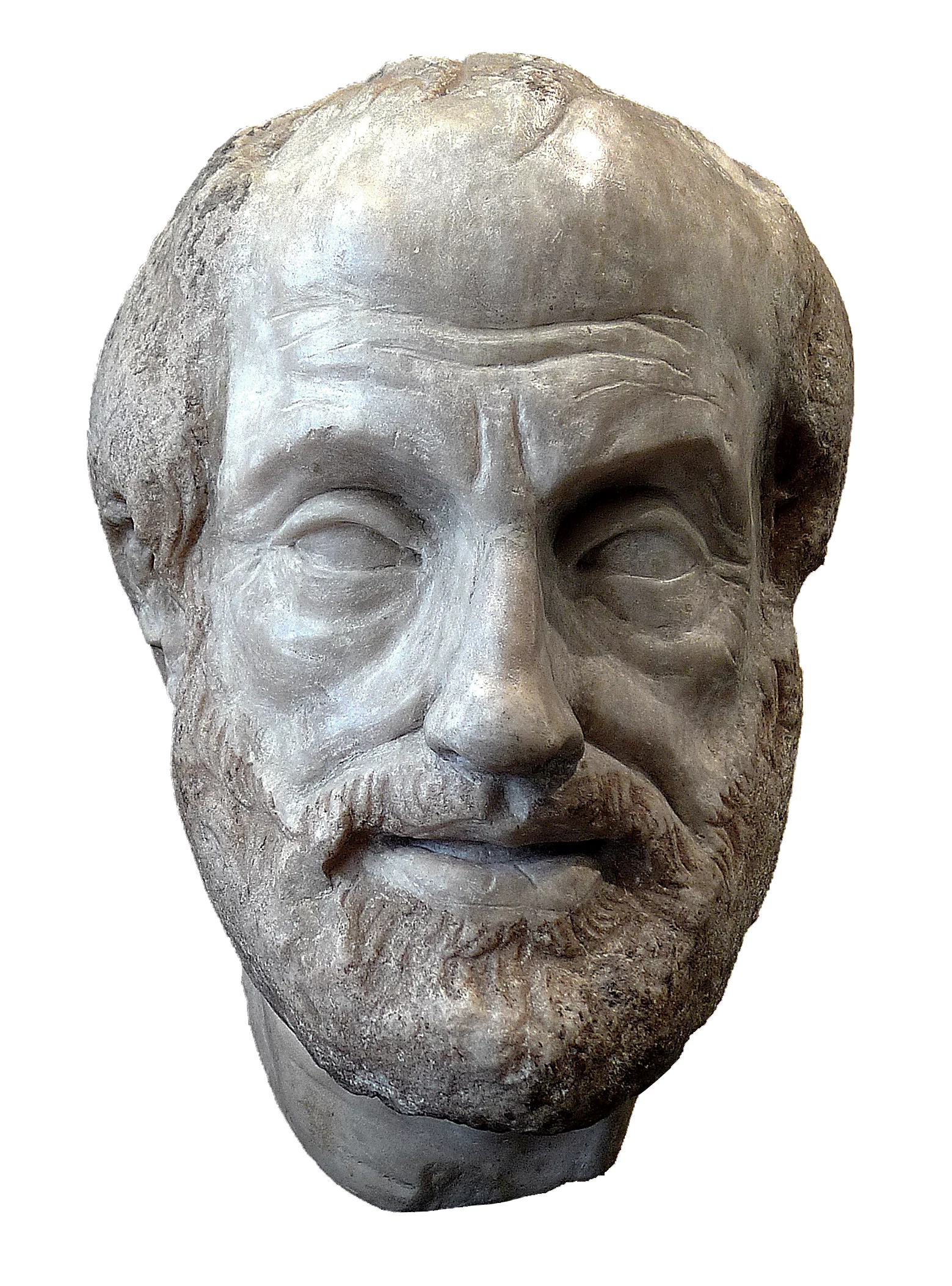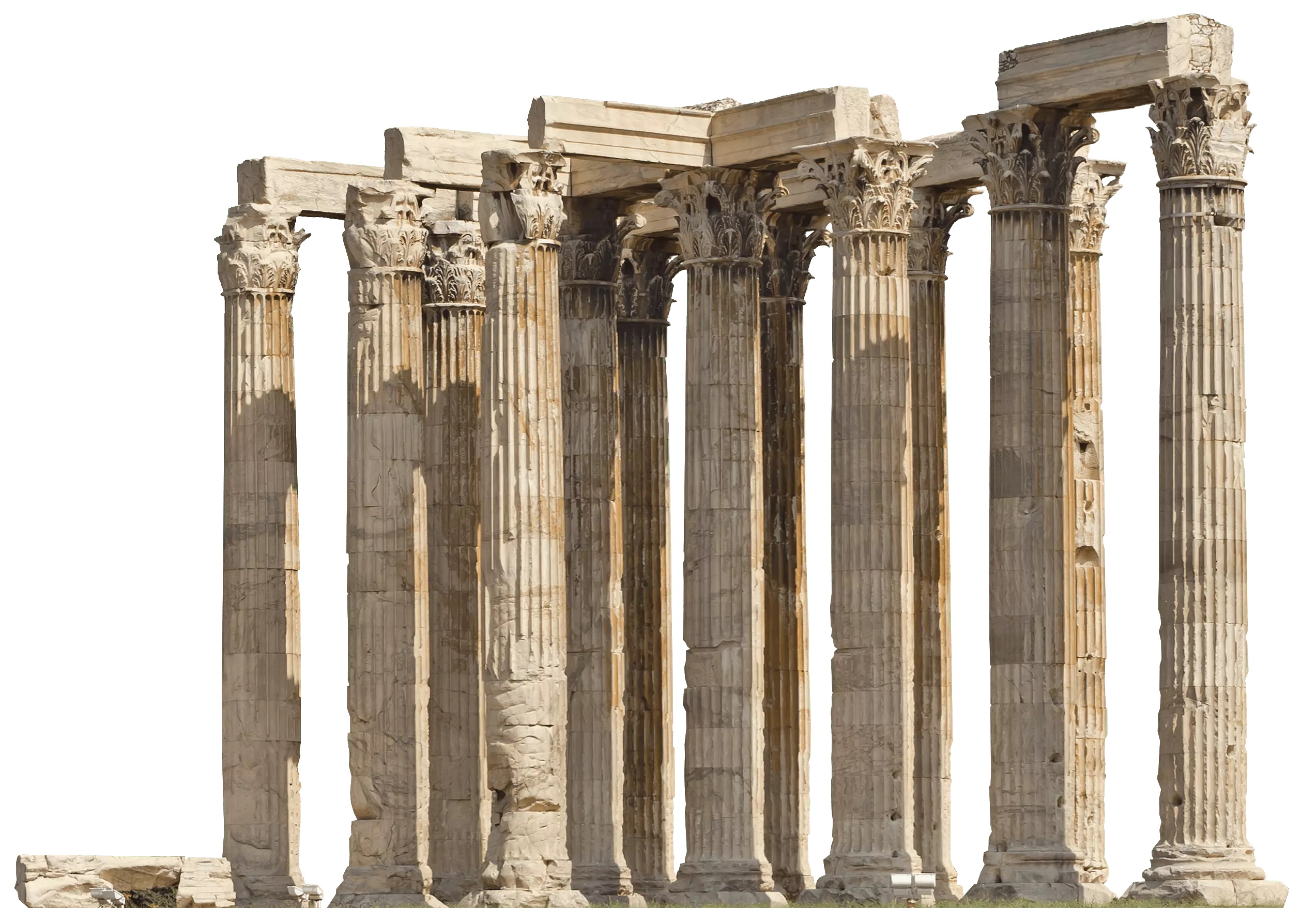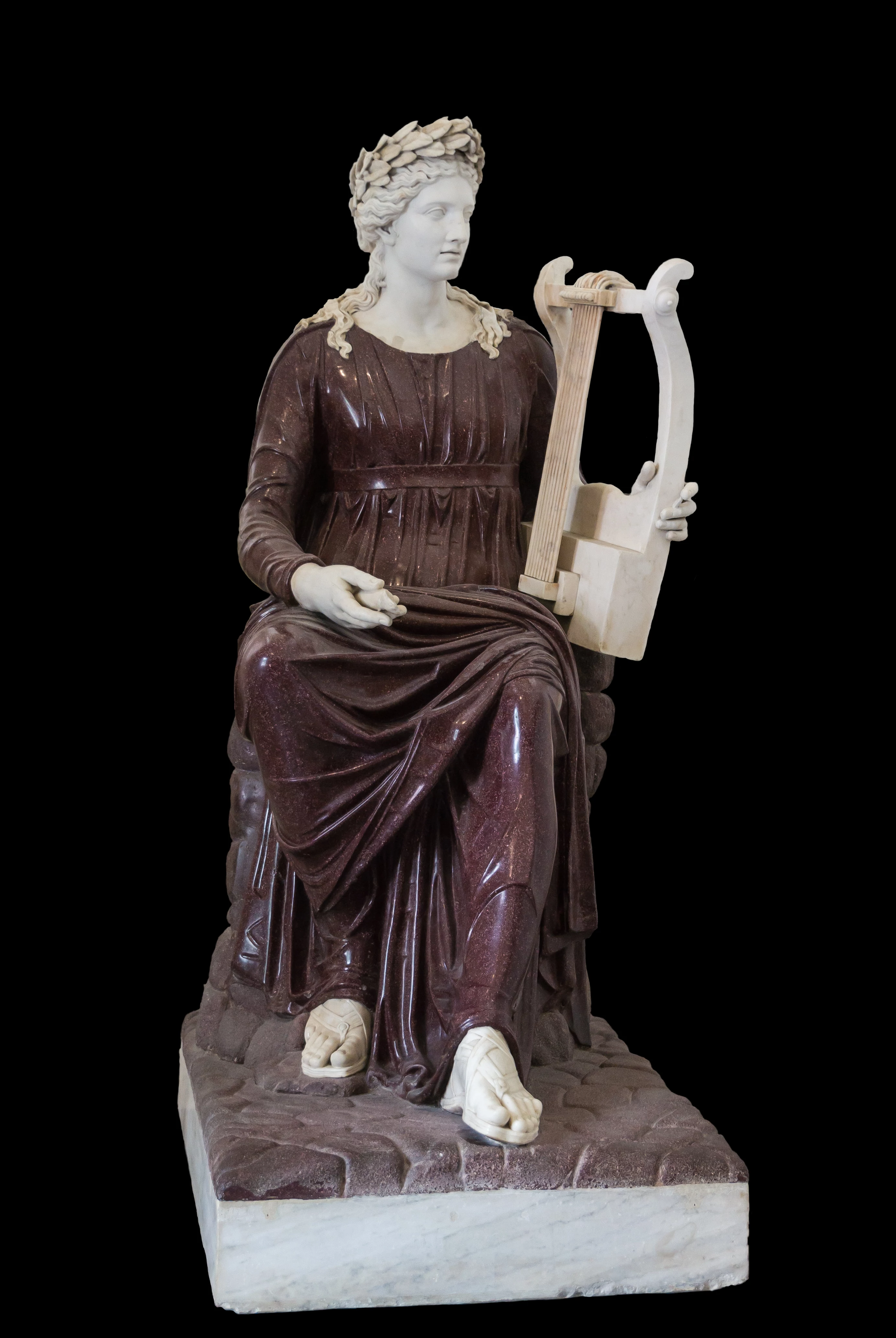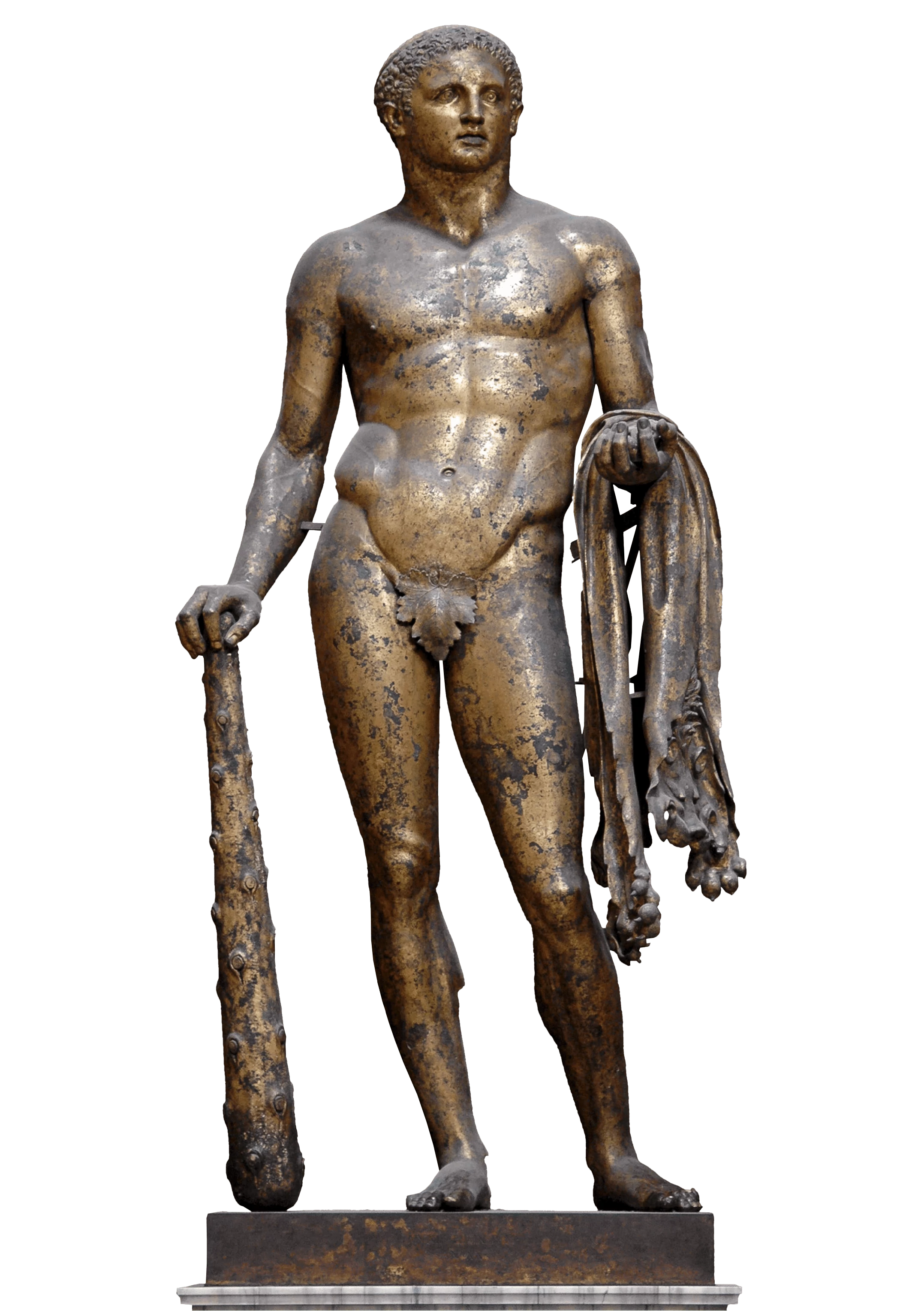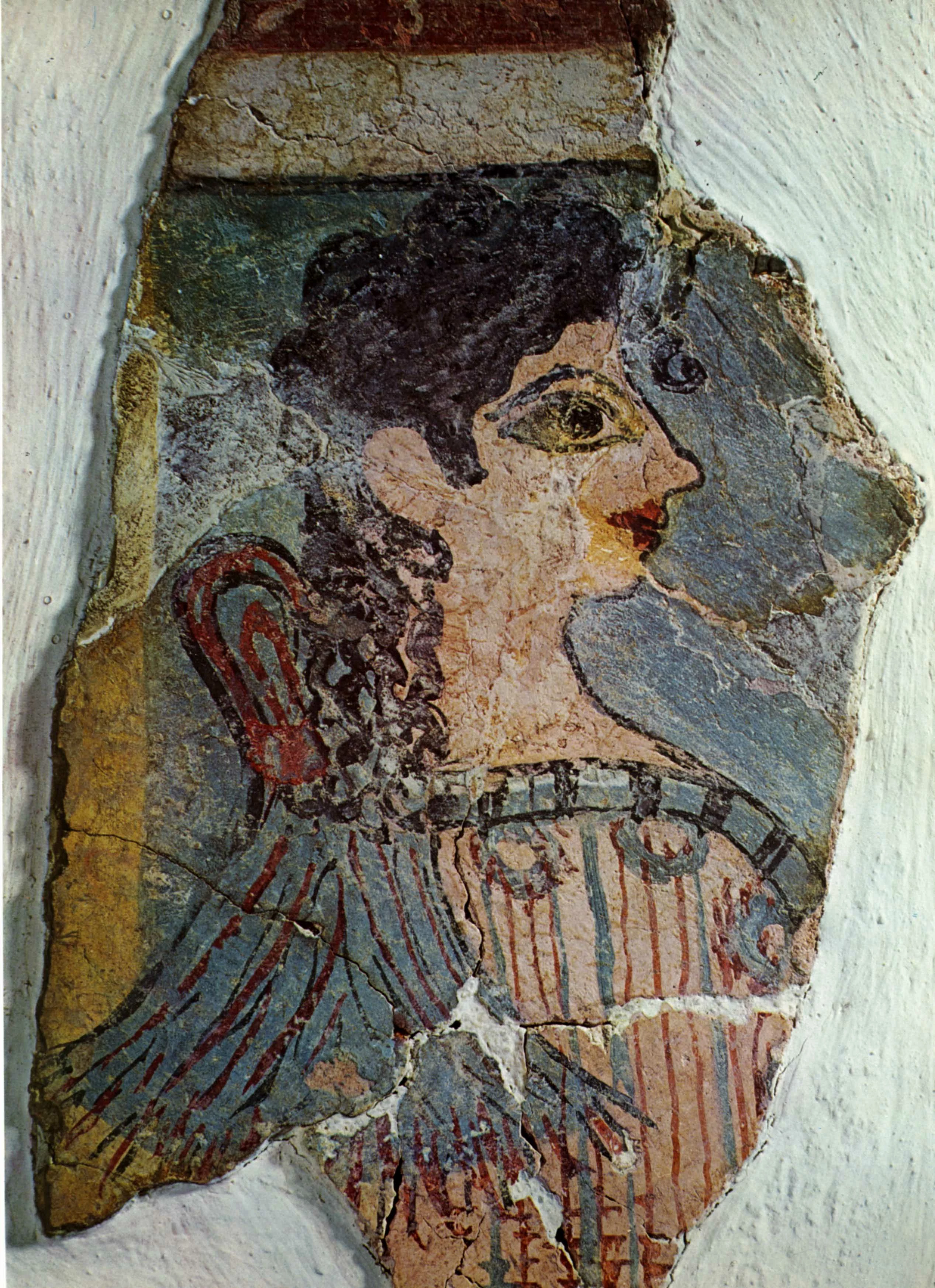Ancient Greece
Know Thyself
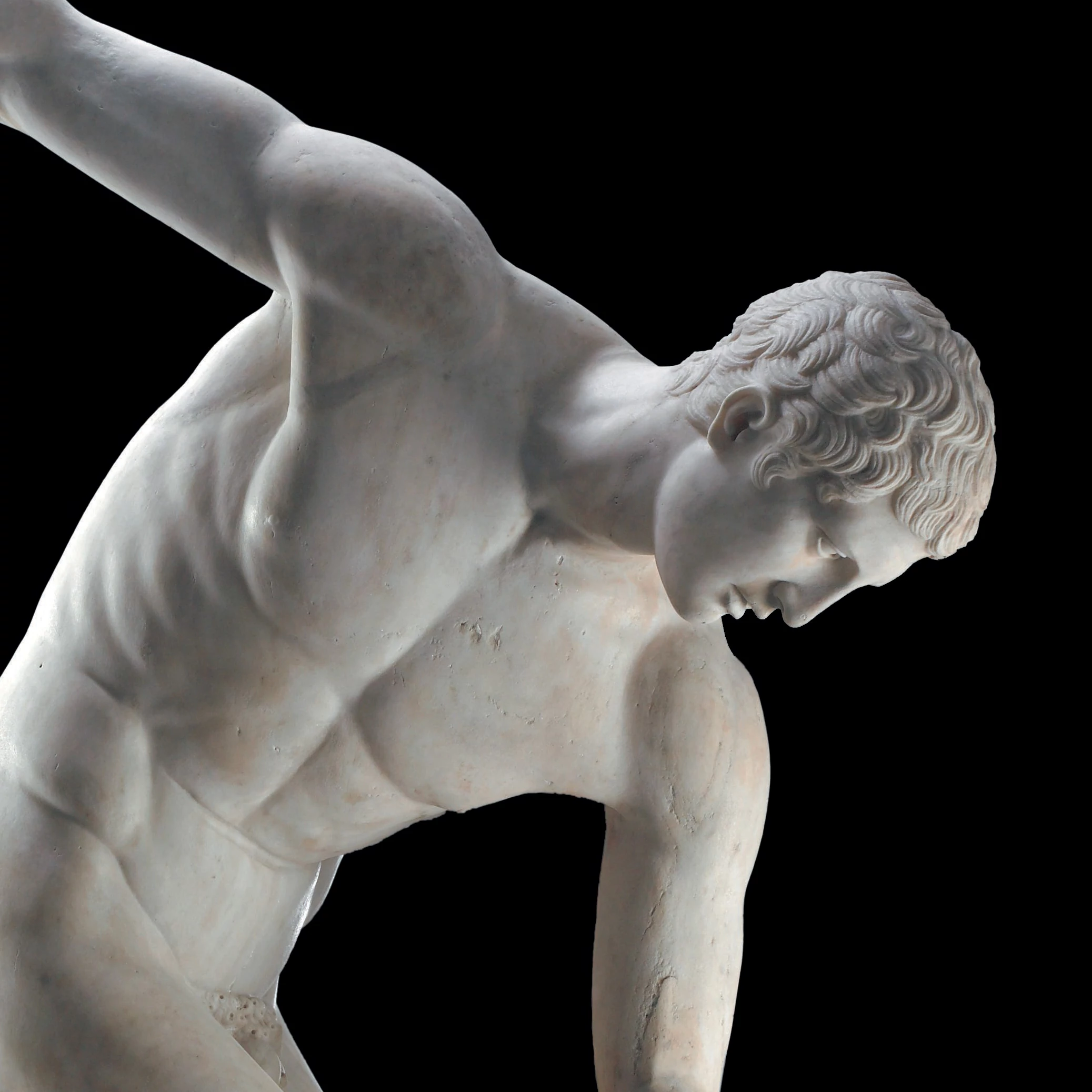

On a high terrace on the south-western slope of Mount Parnassus in Greece there is a temple to Apollo. For nearly five hundred years, until its destruction in 83 BC, kings, rulers and citizens of the Hellenic world traveled to the temple at Delphi to have their futures foretold by virgin priestesses, intoxicated by laurel smoke and the natural gas that poured from the earth. In the forecourt of this temple is inscribed the phrase γνῶθι σεαυτὸν—know thyself.
Greece was the first great center of knowledge in the western world. Commerce drove Mesopotamia and the afterlife dominated Egyptian thought, but Greece was obsessed with how things work. Since the inception of the Greek language in 800 BCE, Greek culture progressed rapidly, developing the first democratic system of government, investing in education and using sport to unify and inspire. Mathematicians identified the pythagorean theorem and discovered that the world was a sphere. Philosophers theorized on the nature of reality and speculated on the perfect government. Even the vast pantheon of Greek gods and goddesses acted as mirrors of human relationships and social structures. Unfortunately, enlightenment was only available to Greek men. Women were considered property in most greek city states, outsiders were ‘barbarians’ and slavery was taken for granted.
Greek art, like its culture as a whole, was cerebral and obsessed with perfection. Human forms are at the center of Greek expression, from the embellishment of pottery and mosaics to sculptural tributes to gods or famous athletes. Four phases of Greek thought and culture are embodied in these figures.
At first, the Greek style was similar to the simplified, stylized forms of Aegean art that came before. Greece was heavily influenced by other cultures through constant invasion and war with Persia. It was only after the Athenians defeated the Persian army of King Darius the First in 490 BCE. that Greece had the leisure to look inward and focus on education and infrastructure. Over the next 200 years, Greek culture came into it’s own. Artwork became more naturalistic, with realistic figures that mirror the scientific emphasis of the time. This ‘classical’ style lasted until the Death of Alexander the Great in 323 BCE, whose conquests had grown Greece into a massive empire, bringing prosperity to the Greek capitals. Centuries of intellectual investment had developed a rich culture of drama, politics and art. Art of this ‘Hellenistic’ period brought drama to the naturalism of previous work. Motion, tension, joy, and agony abounded as the Greek culture embraced leisure. In Hellenistic art you can glimpse the beginning of the end. The culture had become decadent, and soon the more aggressive and economically minded Romans subsumed the Greek city states.
But the art and philosophy of ancient Greece had laid the foundation for thousands of years of western culture, influencing the Romans, and much later spurring the rebirth of intellectualism through the Renaissance. We are still living with the Greek obsessions with knowledge, perfect human bodies, and our desire to know ourselves.
...
Got questions, comments or corrections about Ancient Greece? Join the conversation in our Discord, and if you enjoy content like this, consider becoming a member for exclusive essays, downloadables, and discounts in the Obelisk Store.
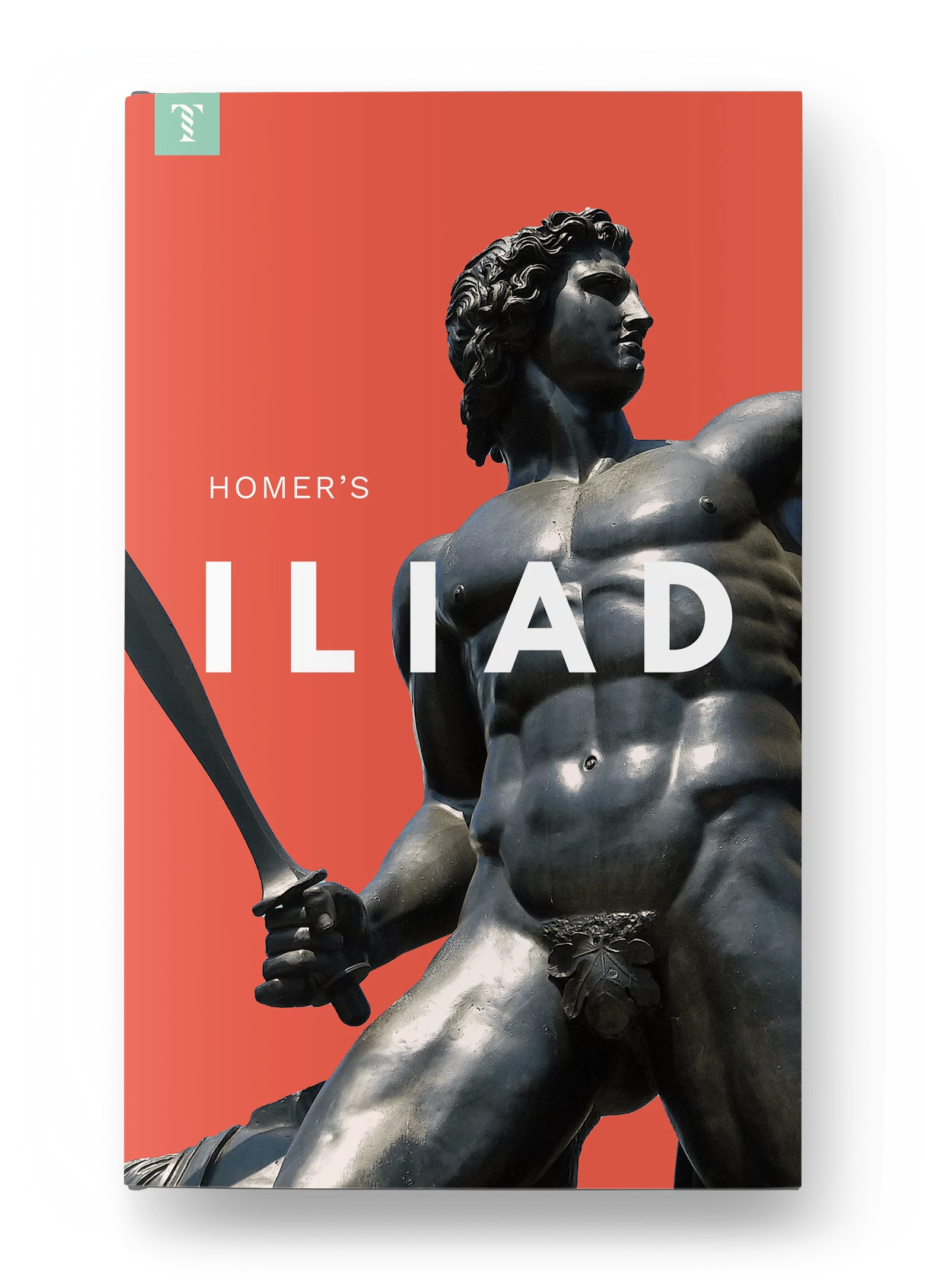

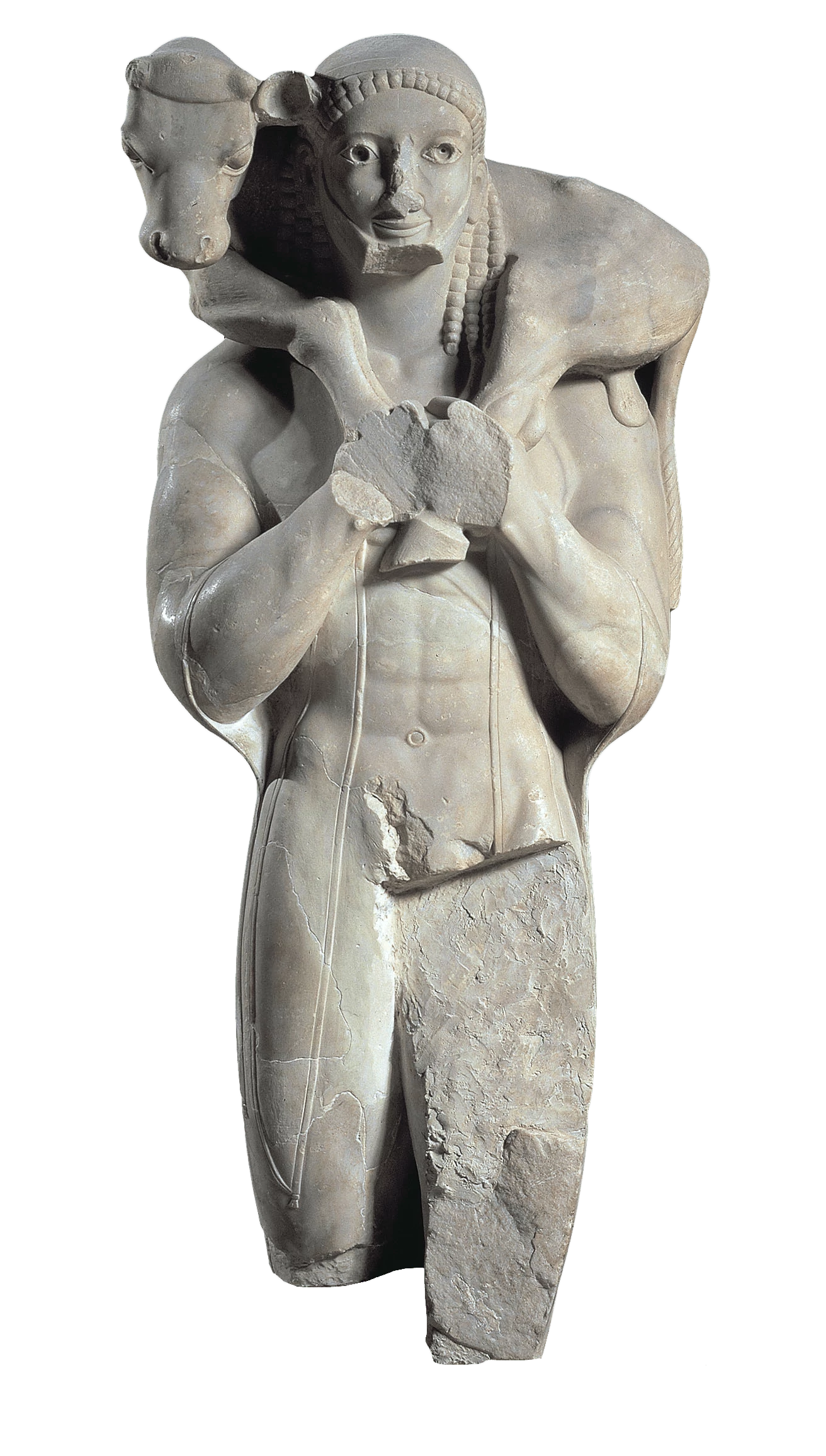

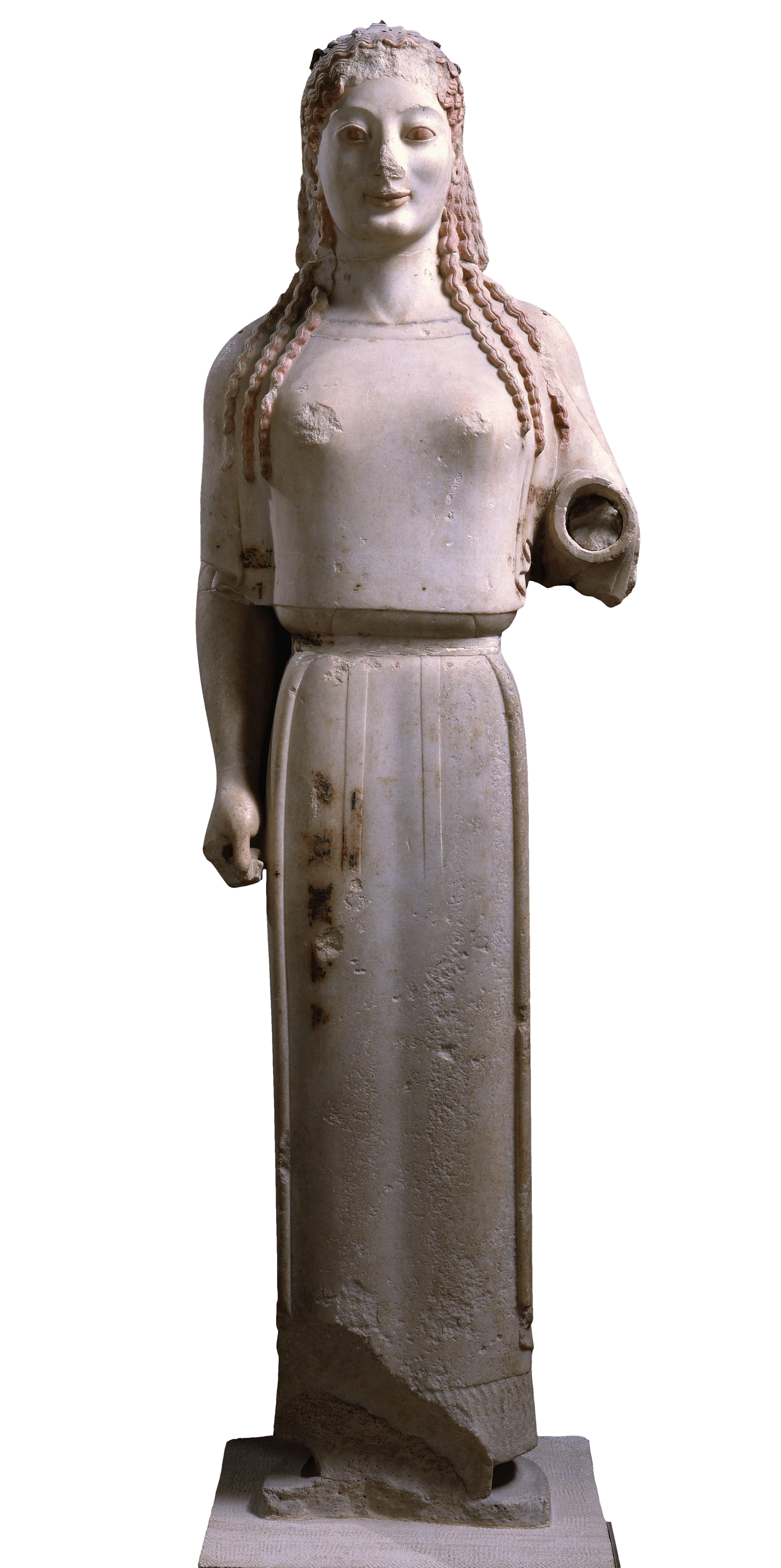
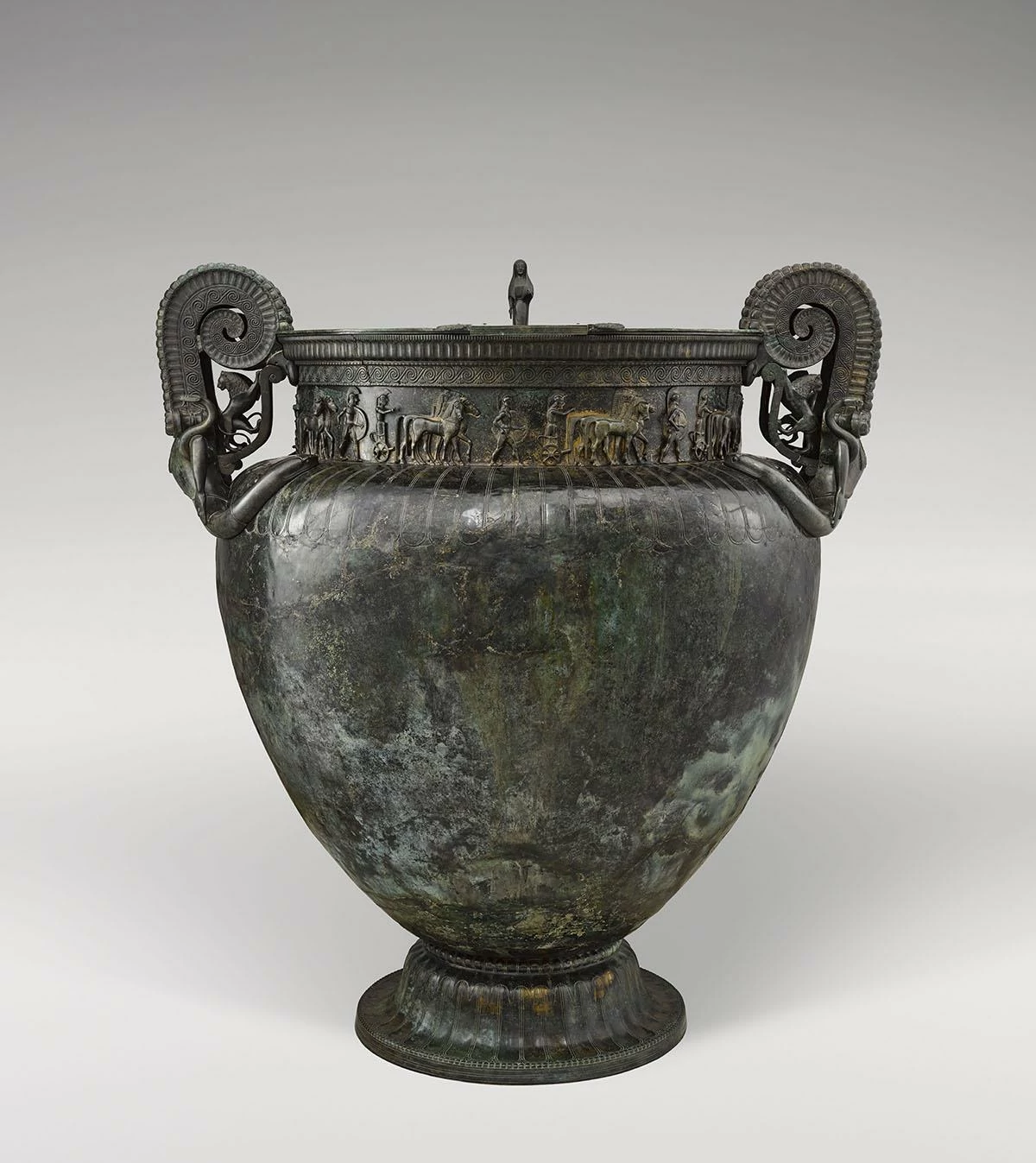

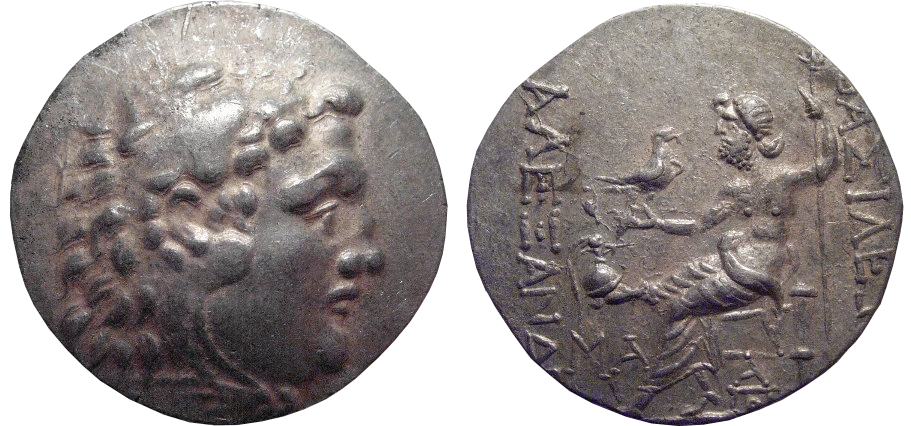
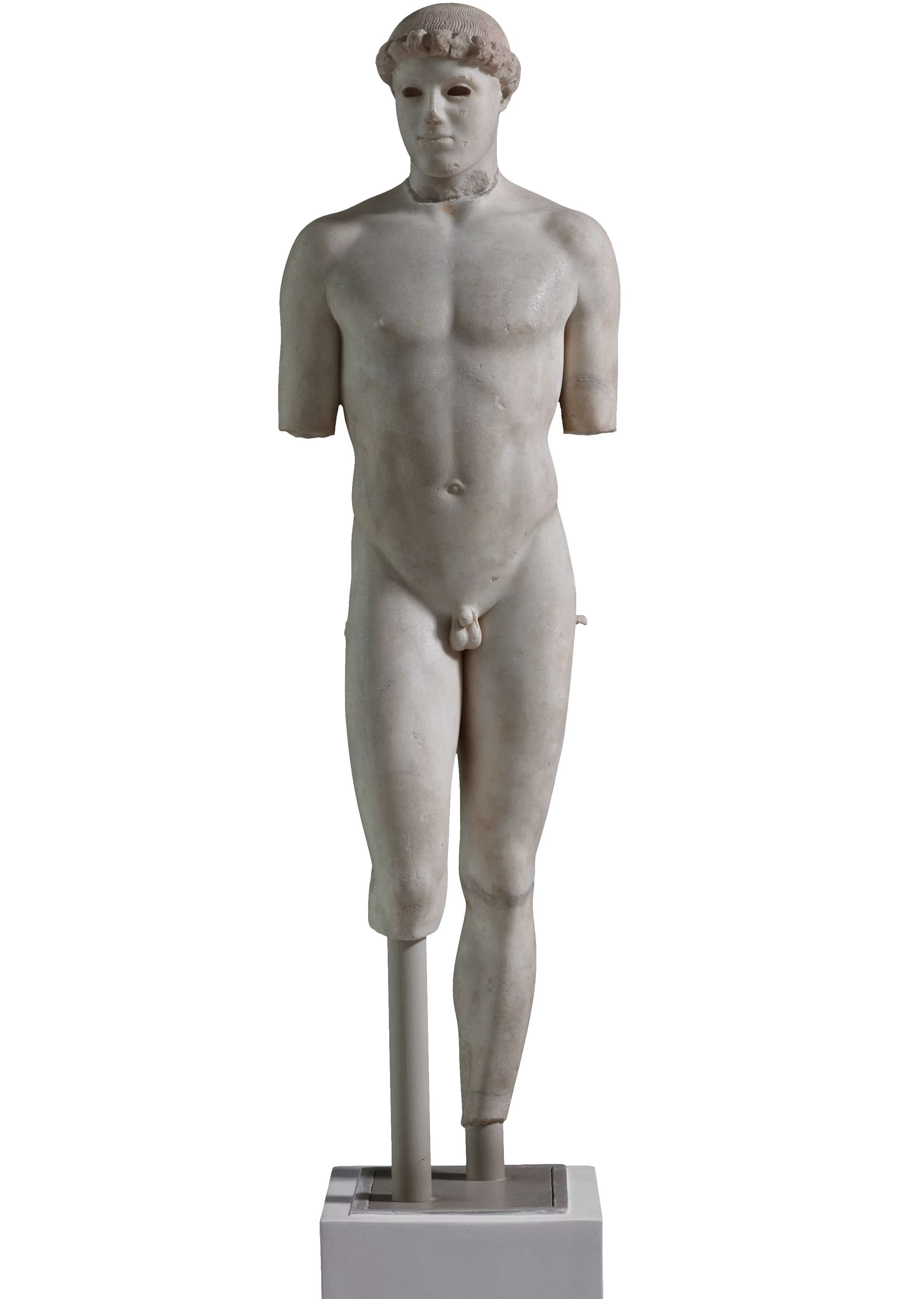
Wonders are many, and none is more wonderful than man

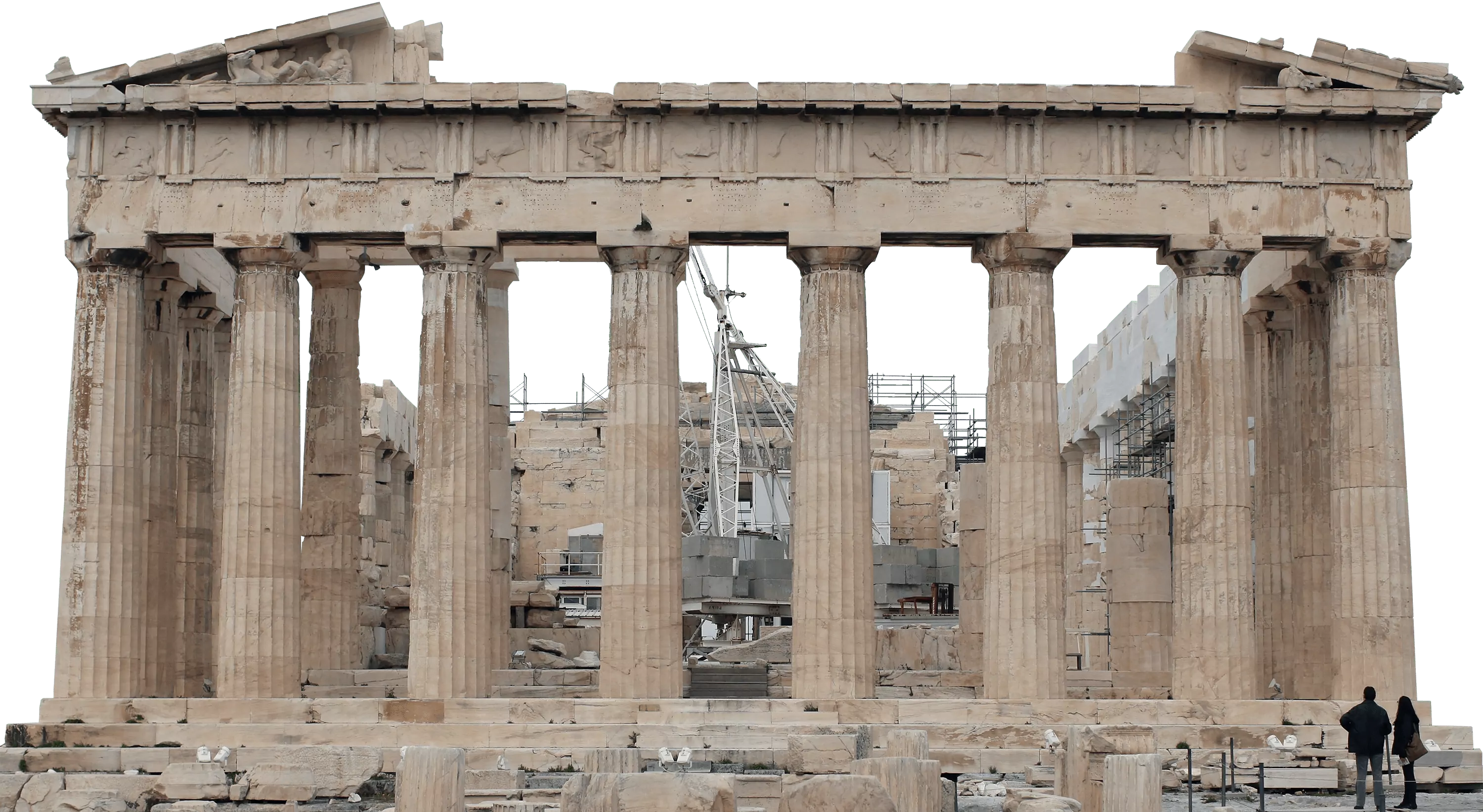
A stormy sea of wrong and ruining.
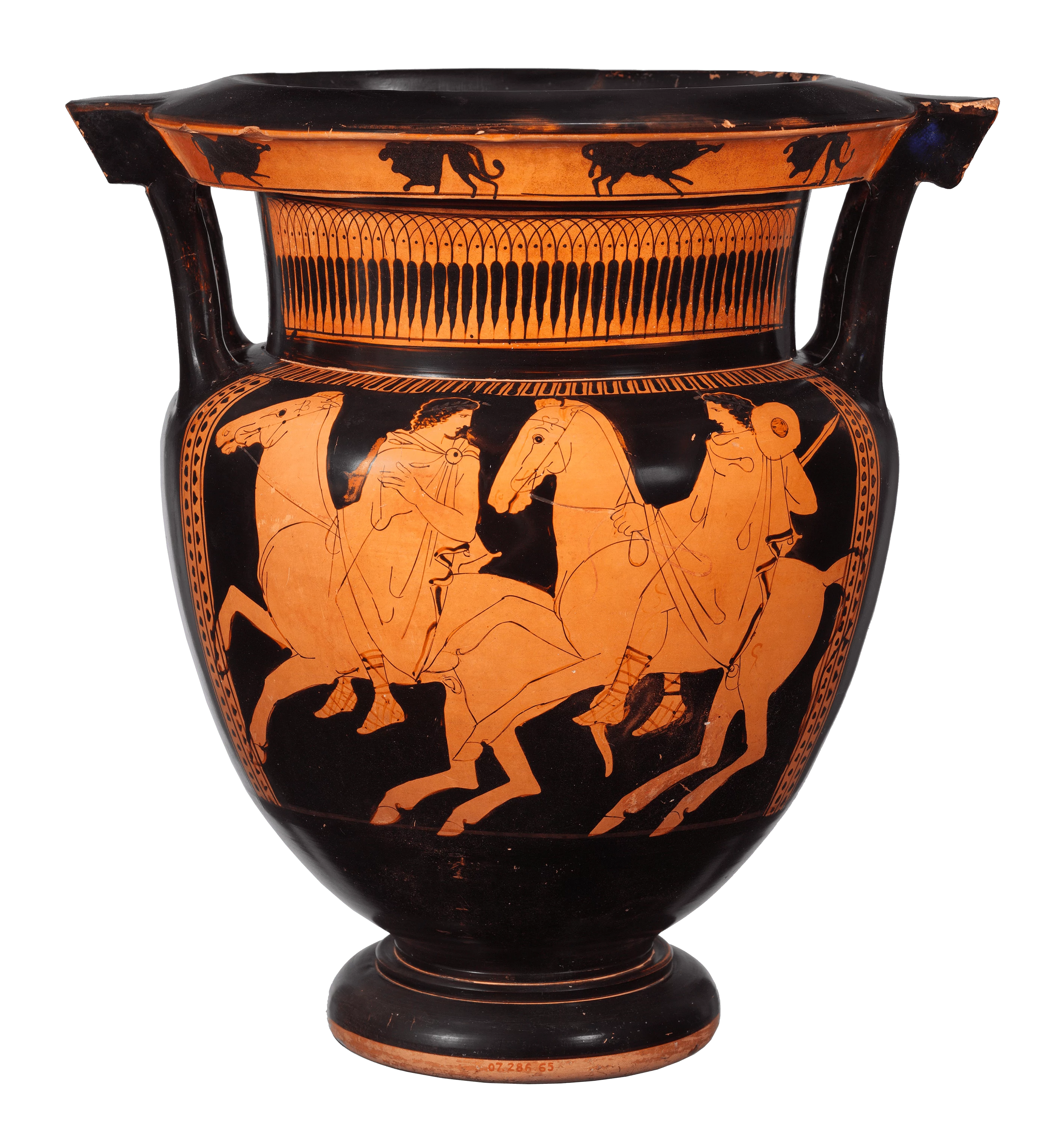
Show me the man whose happiness was anything more than illusion, followed by disillusion.



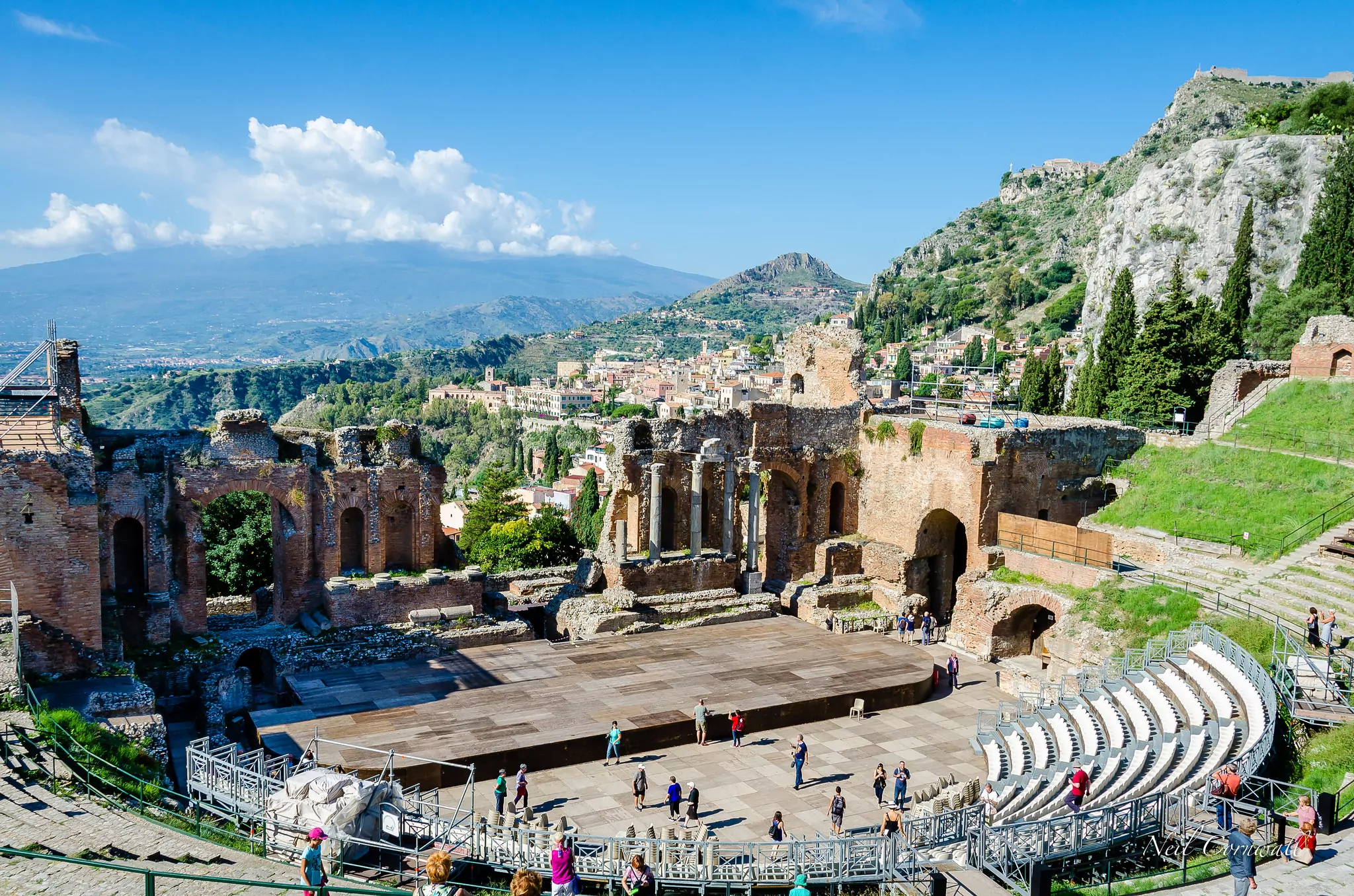
By the force of eloquence they mean the force of truth
